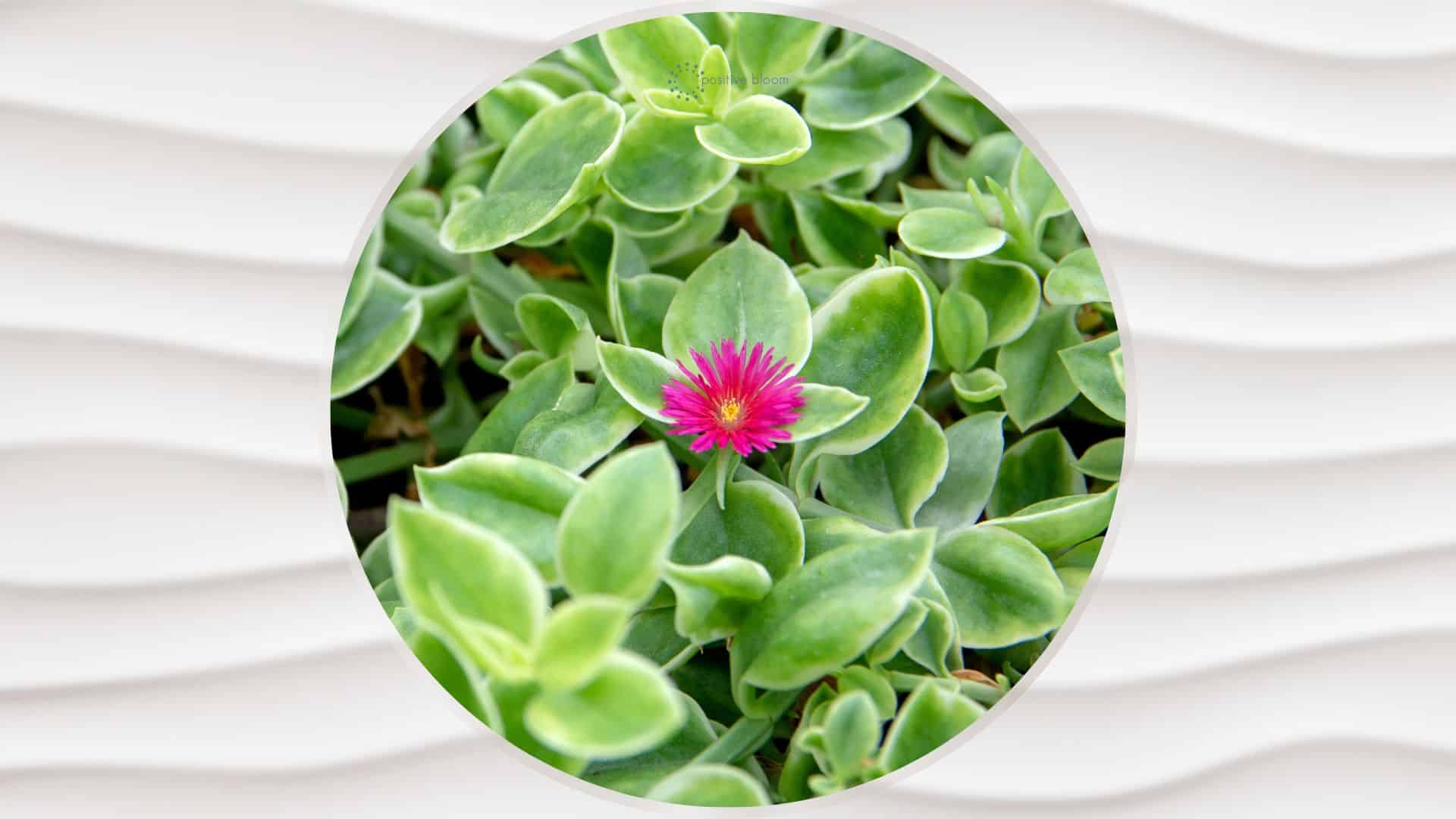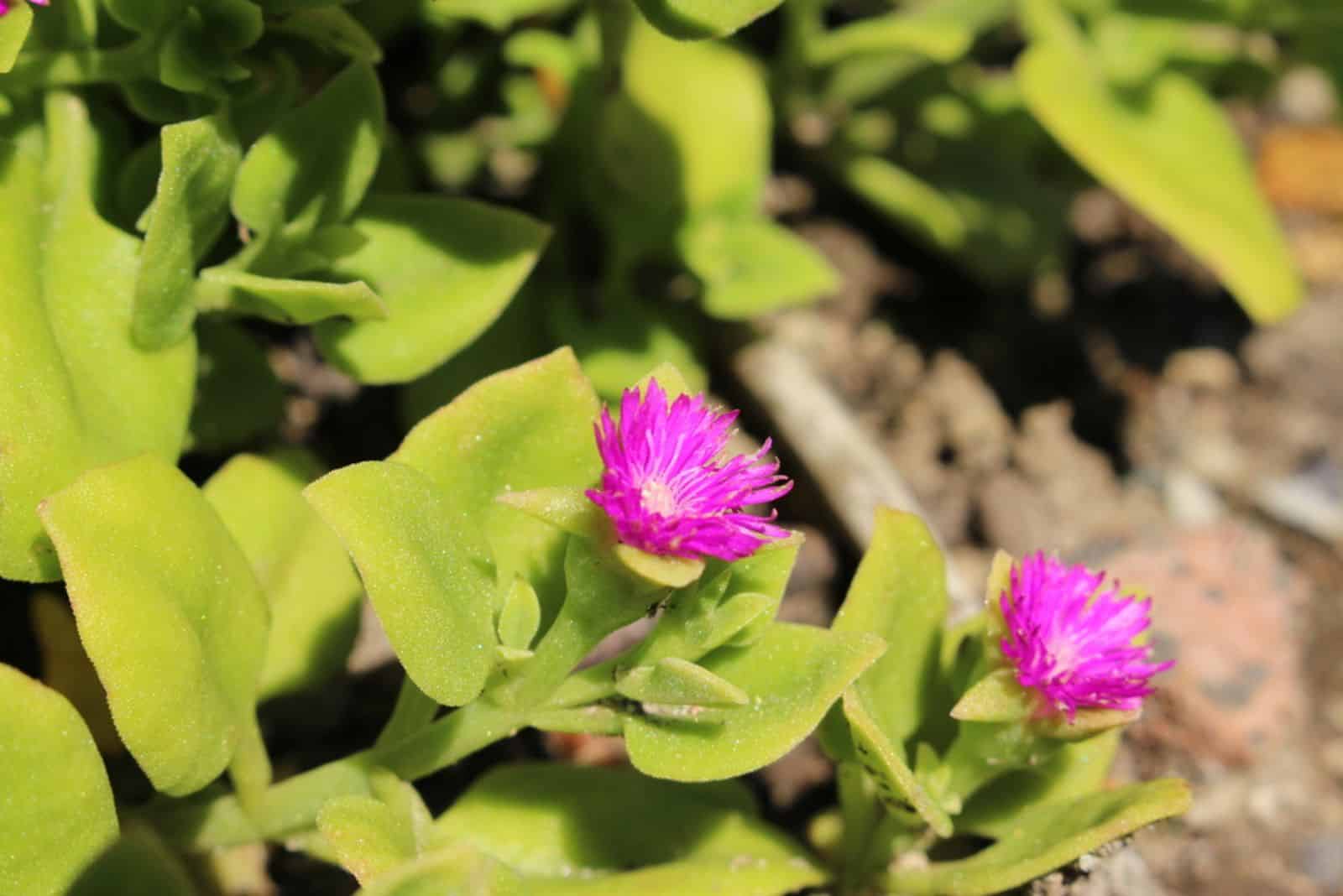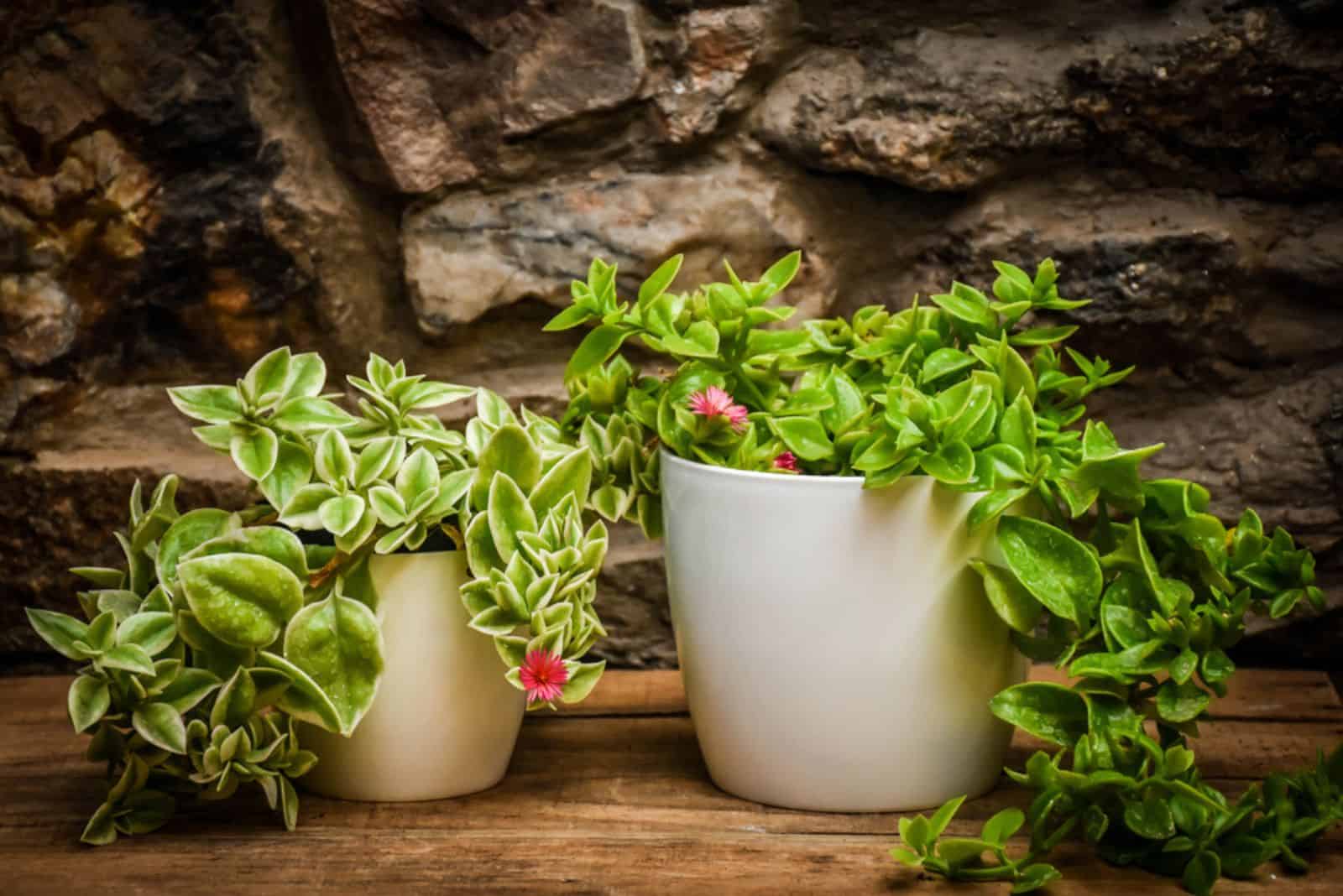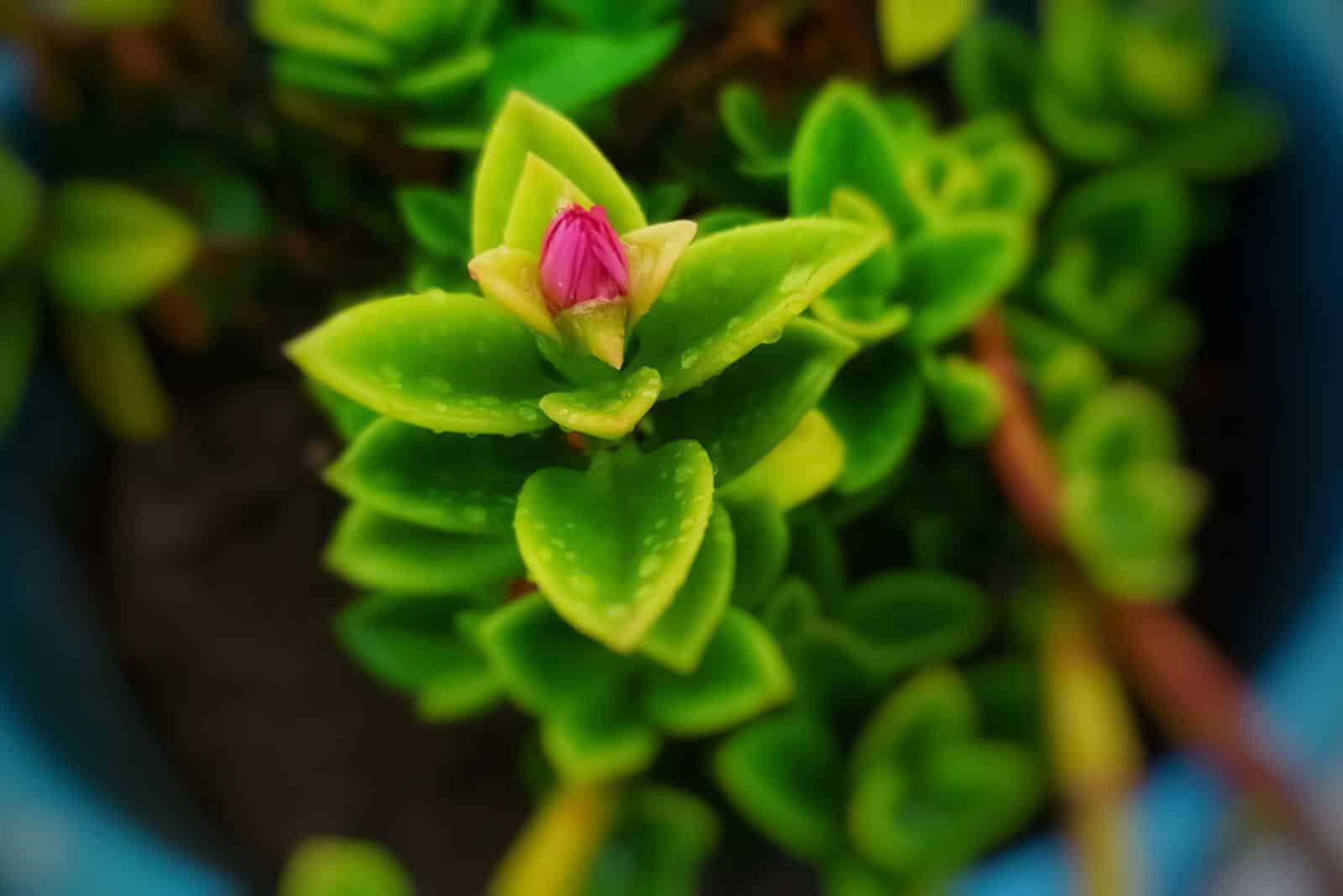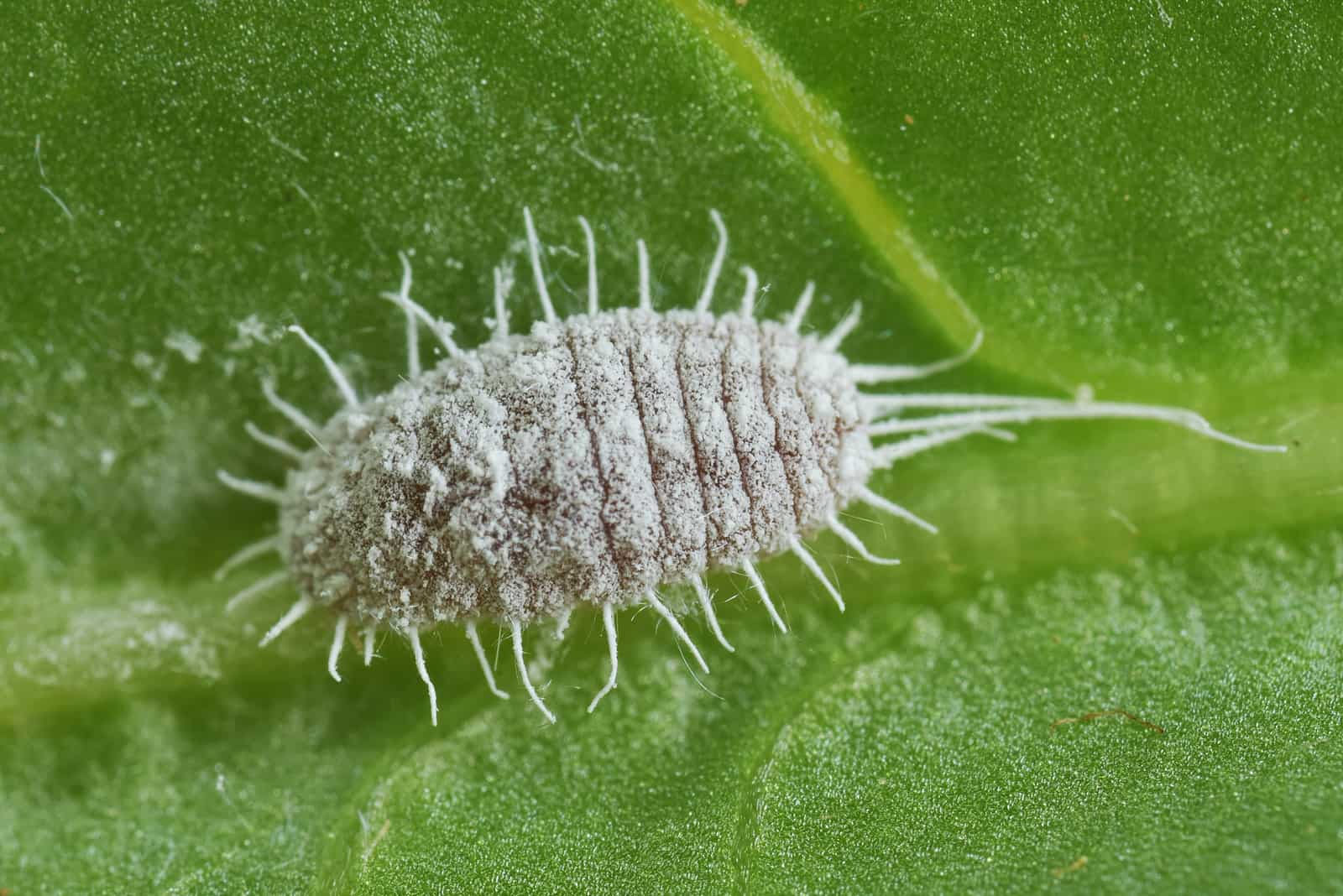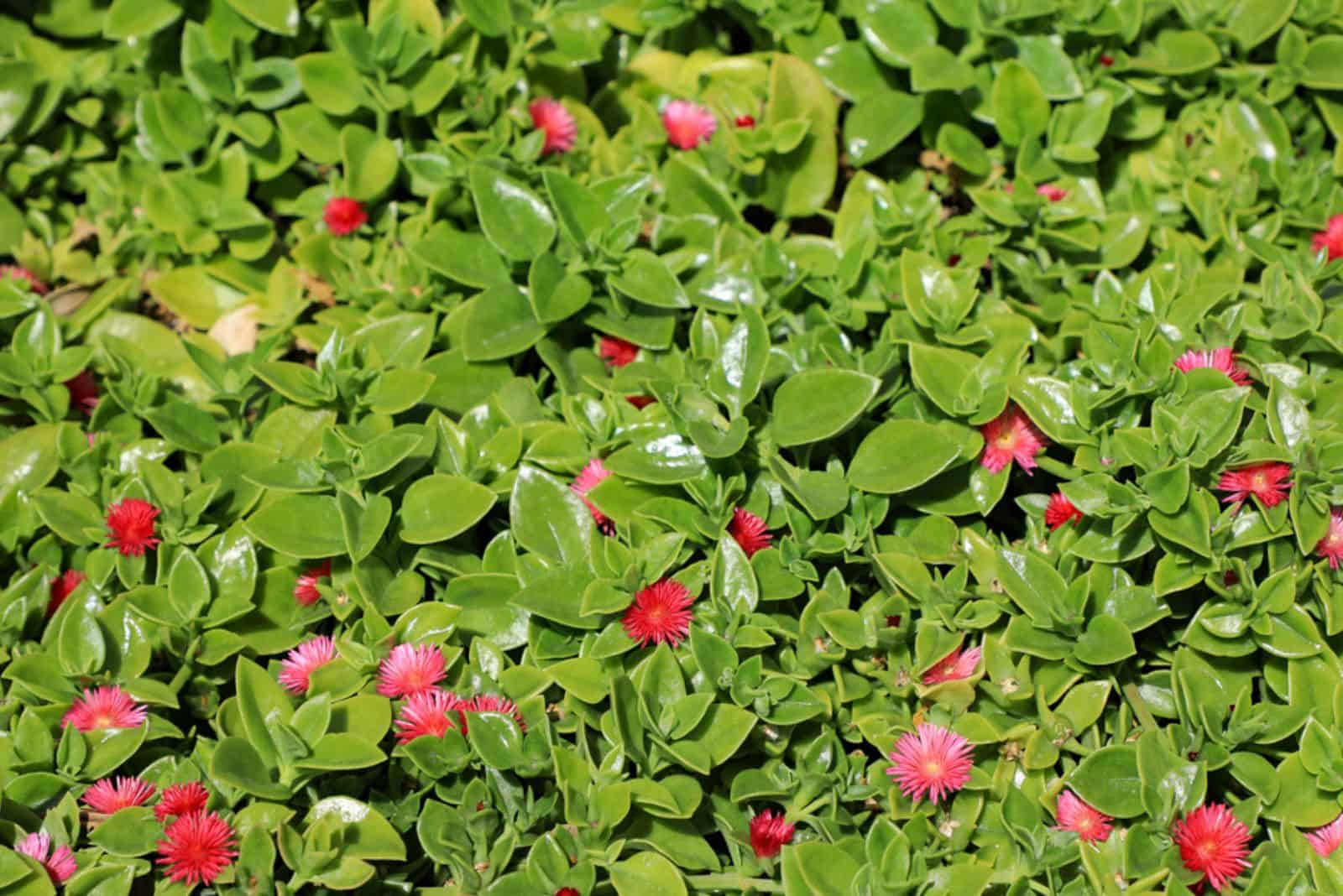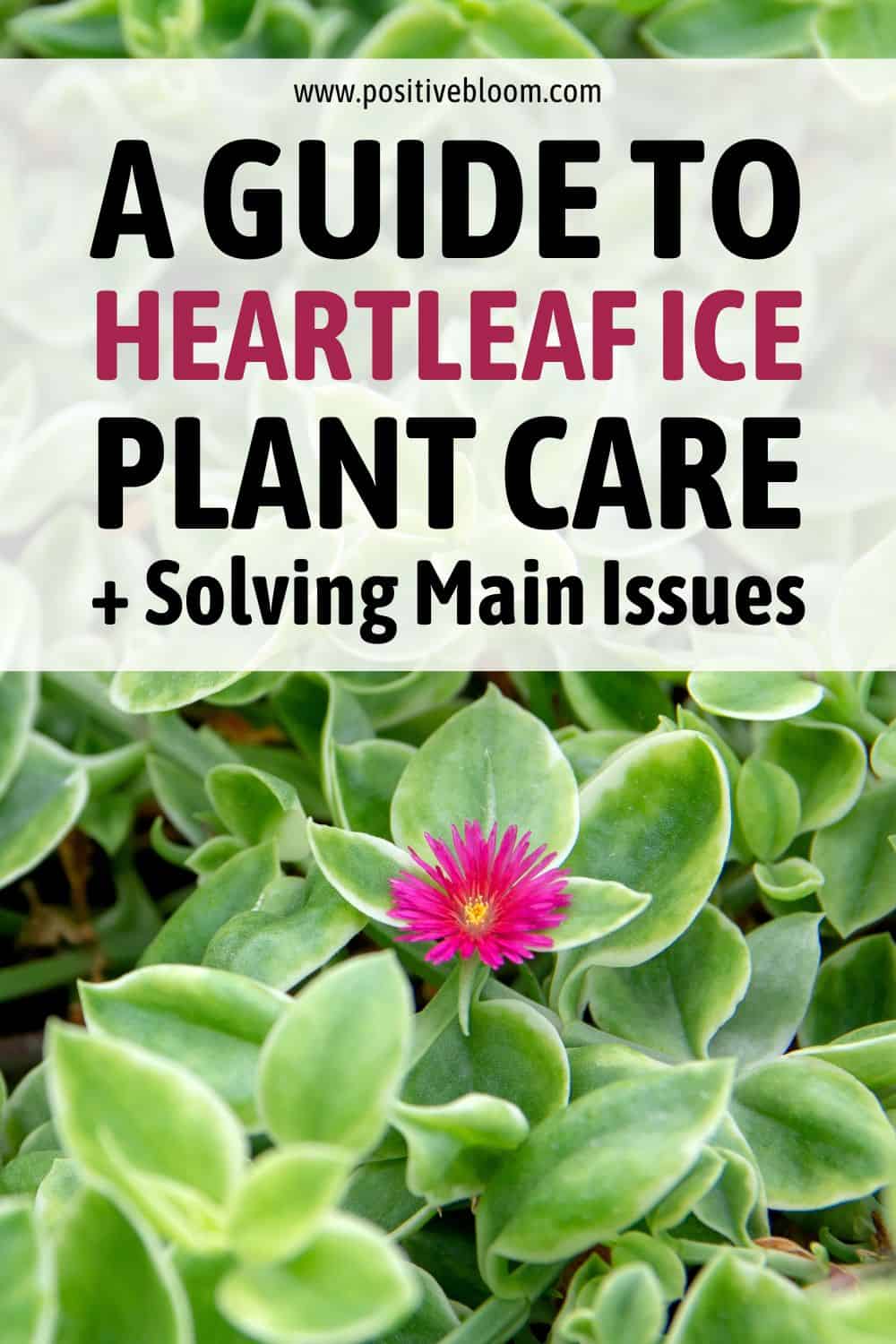Using succulents in your desert landscape or to decorate your indoor flower shelves is an excellent way to spruce up decor.
But how can you choose the perfect one if Aloe Vera and Agave are no longer cutting it?
Try out the heartleaf ice plant! This trailing succulent looks amazing, bears delicate, eye-catching flowers, and is incredibly easy to care for.
In this article, we’ll discuss all the essential aspects of it, including its care, common issues you might have to deal with, and its main features and uses.
Before we get to all that, let’s learn some of its specifics:
[table id=576 /]
Heartleaf Ice Plant Care
When caring for a heartleaf ice plant, you should expose it to full sun, water it only when the soil is dry, and plant it in a quick-draining medium for cactus or succulent plants.
And once it grows large enough, you can propagate and repot it to provide it with the best possible care.
Light Requirements
The Heartleaf ice plant, also known as the baby sun rose, requires full sun conditions to grow and develop healthily.
Therefore, you should place it in a sunny window, such as an east- or south-facing one, where the light of the early morning or late afternoon won’t burn it.
And if you live in a scorching region, you can always protect it during the hotter parts of the day.
Sometimes, our homes don’t have enough space on sunny windows, but you can always use artificial lights to keep your baby sun rose growing. However, grow lights can burn plants, so always place them at least a foot away from this succulent.
Water And Humidity
This heartleaf succulent is relatively drought-tolerant, and you should water it only when the soil dries out to avoid overwatering and root rot.
Pour water slowly until you notice that it has started to run out through the drainage holes. This technique will keep it moisturized and encourage it to extend its roots and become more drought-tolerant.
You’ll have to water it more frequently during the spring and hot summers, which is when it actively grows. Also, adjust the irrigation based on the soil type; if the medium drains too quickly, you’ll have to water your plant more frequently.
But checking the soil moisture regularly will help you decide when and when not to irrigate.
Humidity
The good news is that this plant doesn’t have any air moisture preferences, so you can grow it in average household humidity.
And if you live in a humid region, ensure there’s enough air circulation to prevent the development of fungal diseases.
Temperature
The baby sun rose can tolerate a wide range of temperatures, the lowest being between 30-40°F. Although you won’t see much growth at this point, so make sure the temperatures are always somewhere between 65-75°F.
Also, if you live in USDA zones below 10, you should take this succulent indoors once the temperature drops below 50°F.
And if you already grow it indoors, keep it away from AC, heaters, drafty and old windows, doors, passages, and all other places where temperature changes are common.
Soil And Fertilizer
This plant thrives in loose and sandy soils with a pH between 6.1-7.8, and you can make one yourself by mixing equal parts horticultural sand, perlite, and loam-based compost.
But suppose you don’t want to risk it with this beautiful plant (or its variegated cousin, the Mesembryanthemum cordifolium ‘Variegata’). In that case, you can always get the best cactus and succulent soil mix marketers offer.
Fertilizer
The M. cordifolium doesn’t have vigorous growth, but you can always boost it by feeding during its growing season.
Feed it twice a year with a weak, slow-release succulent fertilizer, starting in spring.
Propagation Of The Mesembryanthemum Cordifolium
The good news is that you can propagate the heartleaf ice plant from cuttings and enjoy those fuchsia-colored blossoms all over your home.
Here’s how:
Step 1. Take some shorter cuttings with many leaves and remove the bottom foliage.
Step 2. Place the cuttings in a see-through vessel filled with water. Ensure that no leaves are submerged, or they may rot and contaminate the medium.
Step 3. Place the baby sun rose cuttings in a bright spot, and wait until the root system develops. You can then move them to a small pot and care for them as you would any other succulent.
Pro tip: You can also start these cuttings in a seed-starting mix and then move them to a larger pot as they grow.
Here are some more tips for propagating heartleaf ice plants:
Repotting The Baby Sun Rose Succulent
You should repot this succulent once you see the roots coming out of the drainage holes, and the best time to do so is in spring when this plant is definitely growing.
Move it to a container 1-2 sizes larger, water it thoroughly after repotting, and place it in its usual spot.
This technique will reduce the risk of transplant shock, and your plant will have enough time to adjust to the new potting medium before it enters dormancy.
Is Pruning The Heartleaf Ice Plant Necessary?
This plant doesn’t require heavy pruning like some other plants, but you should still trim foliage that has sustained damage over winter.
Remove the affected leaves in late March or early April, so the baby sun rose can see new growth.
Common Issues With The Aptenia Cordifolia
Growers all over the world love this plant because it is fairly resistant to pests and diseases, although they can still fall victim to them, especially if you don’t care for them properly.
Therefore, if you’re wondering why your succulent is dying, you should look for signs of over or underwatering, inadequate light, fertilization, etc.
Also, this plant might become invasive since it’s not native to the U.S., which may cause issues for your other garden plants.
We’ll learn more about all that in the following sections.
Pests
Mealybugs, spider mites, and aphids are the most common pests that may infest your heartleaf ice plant (but even that is rare).
Thankfully, you can easily exterminate them with horticultural oils or insecticidal soaps.
Diseases
The most common disease that afflicts this succulent is root rot, which is caused by overwatering. Therefore, you can prevent it by irrigating your baby sun rose only when the soil is dry.
But if you do notice some symptoms, such as stunted growth, wilting, leaf discoloration, and a rotting smell emanating from the pot, you should treat your plant at once.
Take it out of its container, expose the roots, and remove all mushy and dark ones. Then, spray the rest with a fungicide to prevent the recurrence of root rot, and repot your baby sun rose in fresh soil and a clean planter.
Invasive Nature
The invasive nature of the heartleaf ice plant is a problem for your other garden plants. This plant has spread so much from certain gardens that it has even become naturalized in Florida, Texas, California, Oregon, etc.
It is a mat-forming perennial, so we understand the allure, but if you want to prevent it from overtaking your entire garden, you should divide it every couple of years to keep it in check.
More About The Heartleaf Ice Plant
The attractive leaves and magenta flowers demand that we discuss this succulent in more detail.
Below, you will discover information about its features and learn more about its uses.
Features
This plant is adorned with close-growing, bright, waxy, heart-shaped leaves that are no more than 1-1.5 inches long.
There’s also a variegated cultivar whose colorful foliage accentuates the rose-red flowers more uniquely.
Its bloom time is from spring to late summer (May to September) when it can attract all sorts of pollinators.
Uses
You can use the heartleaf ice plant as a succulent ground cover in rock gardens or adorn your home with fabulous hanging baskets.
You can even create a succulent terrarium and grow your baby sun rose in it for a unique display.
The baby sun rose is edible, and you can stir-fry it and use it as a side dish, create an edible garnish, utilize it instead of spinach, use it in salads, and more.
The uses for this plant are versatile, and you can even use it in your pollinator garden to attract bees, butterflies, hummingbirds, etc.
Final Thoughts
The heartleaf ice plant is a beautiful mat-forming perennial succulent that you should grow in full sun, well-draining potting medium, and water it only when the soil dries out.
You can quickly propagate it from cuttings, and you should repot it once you see its roots protruding from the potholes.
This plant is relatively resistant to pests and diseases, but can still get afflicted with mealybugs, spider mites, aphids, and root rot.
It is also invasive, so make sure to divide it every couple of years if you grow it in your garden.
Finally, many growers love this plant because of its rose red flowers, bright green or variegated foliage, and applications in decor, cooking, and pollinator gardens.
Enjoy this truly unique succulent, and until next time!
Like this post? Share or pin it for later!

